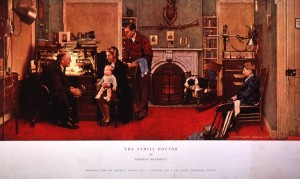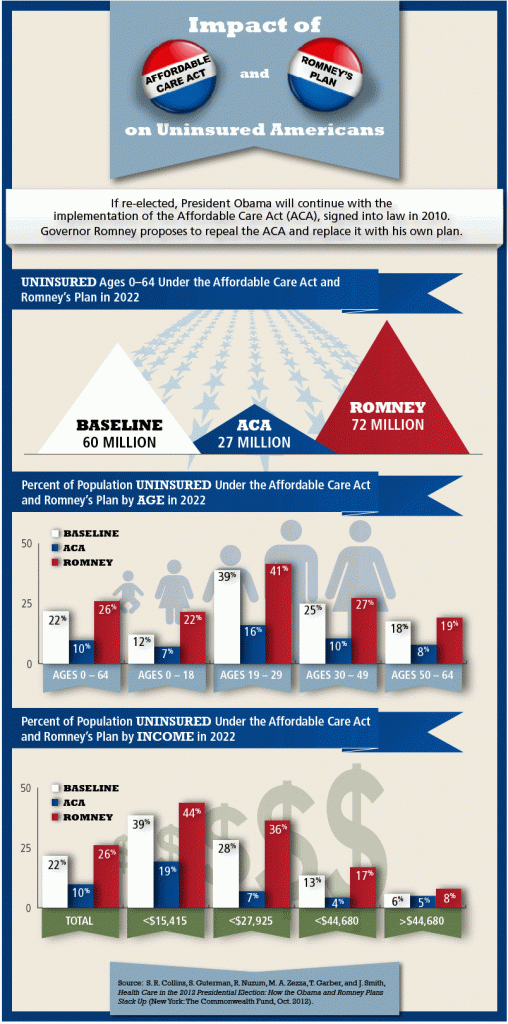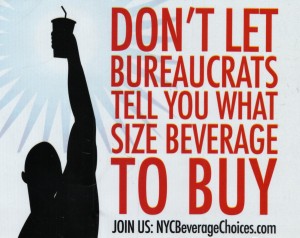Although I don’t study pharma prices, I could not resist the irony I saw reading the WSJ today while I tried not to choke on my oatmeal.  Evidently Pfizer Inc. wants to acquire AstraZeneca at least partly to take advantage of lower corporate tax rates and move much of its operations to the United Kingdom.  Of course, business considerations such are more likely to be driving this, but as they walk out the door, why not aim this  Cassandra-like warning that other countries are more competitive, and we should lower corporate tax rates?
Not so fast! Two things to keep in mind:Â If the US regulated drug prices the way that other countries do, including the UK, Â maybe the US government could also afford to lower its corporate tax rate. Â According to the OECD, total expenditure on pharmaceuticals and other medical non-durables, (adjusted for cost of living with US$ purchasing power parity) is $995 per person. How about the UK? A paltry $374 per person! The OECD average is $497. Even Switzerland, long known to be more like the US in many ways in healthcare, spends $530 per person, probably because you can’t have US pricing when you are surrounded by countries that don’t. And with this magnitude of difference, I’m guessing this is unlikely to be the mix/intensity or quantity of drugs used. It’s probably mostly price.
Essentially,  quite apart from the pharma price effect on health insurance premiums for those of us with private insurance, we probably give back whatever we take in corporate taxes by paying higher prices for drugs via Medicare Part D. The  industry strenuously avoided price regulation or studies of cost-effectiveness under the Medicare Modernization Act while expanding their market.  The Affordable Care Act did extract some discounts, but nothing like those of other countries. Just one more example of how health care prices are a drag on the economy, and an example of rent-seeking and capture gone rampant.Â
A second aspect is how much governments actually collect vs. what they charge, in effect, the sticker vs. the real price. Again, tax policy is not my area, but I did study comparative politics and American political development in grad school. In the UK tax rates might be lower, (apart from  higher sales tax and income tax than the US),  because  I’m guessing that the UK tax code offers companies a lot less flexibility for corporate loopholes:  the membrane between tax lobbyists and officials in the Westminster system of government is usually a lot less porous.  Maybe other countries simply collect a higher proportion of taxes levied.
PS—By the way, I still blog here! Â Keith wrote to me and said he was sending out a search party sometime ago. I’m on what they would lovingly call at the NYT “book leave” from the blog, Â to write about another critical health care issue, the Relative Value Update Committee (RUC) and physician fees. So, for now, I’m popping my head in very sporadically.




